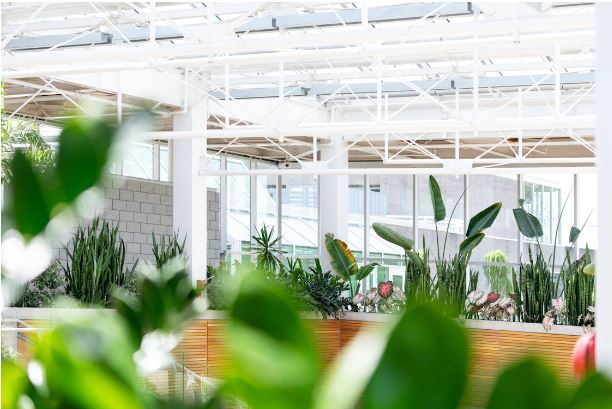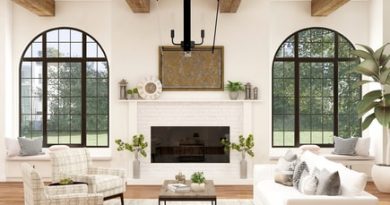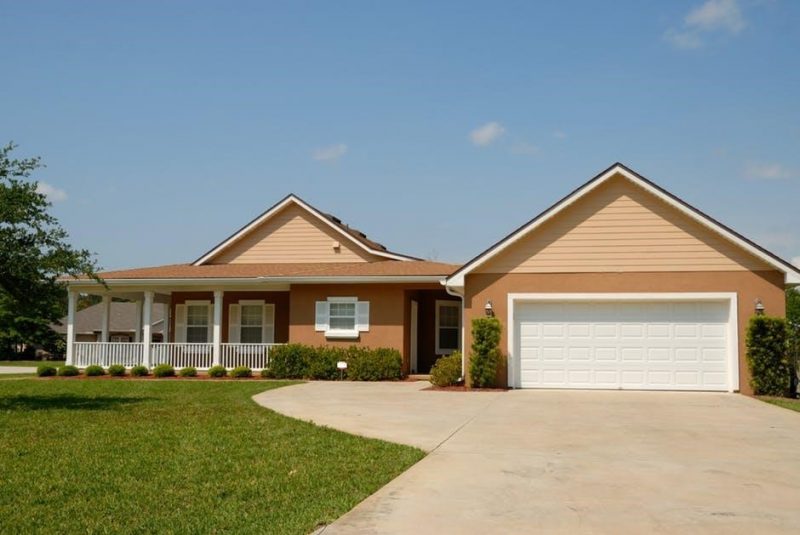6 Key Things to Remember When Building a Greenhouse
Wouldn’t it be great to have an active garden all year round? Even on the driest of days, greenhouse enthusiasts enjoy tasty tomatoes and tasty flowers all year round. A well-structured greenhouse ensures you can feed yourself and your family just from your backyard, eliminating many groceries hustles you would otherwise face.
However, a successful greenhouse does not just happen. A lot of work goes into setting up, maintaining, and improving the greenhouse. The following five aspects will ensure that your greenhouse is poised for success.
Contents
Location
The success of your greenhouse highly depends on where you set it up. The location not only determines the building style but also the amount of lighting getting through to your plants.
You want your greenhouse in a place you can easily access. Additionally, any risk of storm damage needs to be in place.
In most homes, the greenhouse is located on the southern or southeast side of the main house, in a shade-free place. However, to get maximum sunlight (especially during winter), the greenhouse needs to be on the east side. If you live in an area with moderate heat, you might consider setting it up on the west side.
Type of the Greenhouse
Before you buy a greenhouse, evaluate the greenhouse project plan you are working with. A vegetable greenhouse plan might require different features than a flower plan.
The styles of the buildings on the proposed site will also come into play.
There are two types of greenhouse structures:
- • Standalone: This is a separate building, normally near the outdoor garden. A standalone structure has a bigger growing space and fits most places within your property. Freestanding warehouses provide easier ventilation features, allowing just enough light for the plants.
- • Attached Lean-To: These warehouses are built against an existing building. Since it is often limited to the space around the structure, they are only ideal for homes with a limited space.
Ensure your greenhouse is anchored to a strong foundation to avoid being blown away by wind or storms.
Picking the Proportions
You want a space with great sun exposure, which makes long, narrow structures ideal. Although the area will depend on the space available, try to have a width-to-length ratio of at least 1:3.
If you are a first-timer, be comfortable starting with a smaller warehouse and then expanding as you gather more experience. However, expect a few space-related challenges, such as light orientation and plant spacing. Even veteran growers find it tricky to work with a small space, so that should encourage you to go for it.
Frame and Form
Your greenhouse construction will be based on materials and shape. Although glass greenhouses have long been popular, most greenhouse owners have switched to polycarbonate material.
The greenhouse materials can either be bought in a greenhouse kit or even recycled. Choose the option that fits your budget.
The framework is often made of aluminum, galvanized steel, or even wood. Aluminum and galvanized steel are rust-resistant and lightweight, although very strong. The PVC pipes cost less but are not durable, while wood tends to rot when exposed to a damp environment.
Shape
Your roof design will shape your greenhouse. The most common shapes are:
- • Gothic: Signifies a classic and conservatory look. Gothic-styled greenhouses appear like upside-down leaves, and they help to repel rain and snow.
- • A-Frame: This greenhouse design has an even spread at the bottom and double equal-length sloping sides that form a peaked roof.
- • Quonset: This design, also called a hoop frame, is cheaper to install and has better internal airflow control than an A-frame.
Permits Needed
The kind of permit you need depends on the state you live in. Work with your local building authorities to establish the permits you need.
In most rural areas, a greenhouse is often categorized as an auxiliary building and may not require a permit. The nearer you are to the city the higher the possibilities are for a license.
Conclusion
In addition to the above aspects, ensure that you factor in power availability, insulation, and additional costs you might incur during greenhouse installation.




